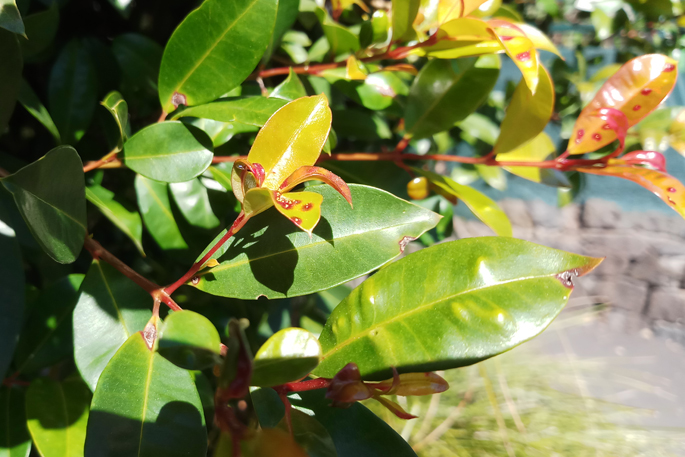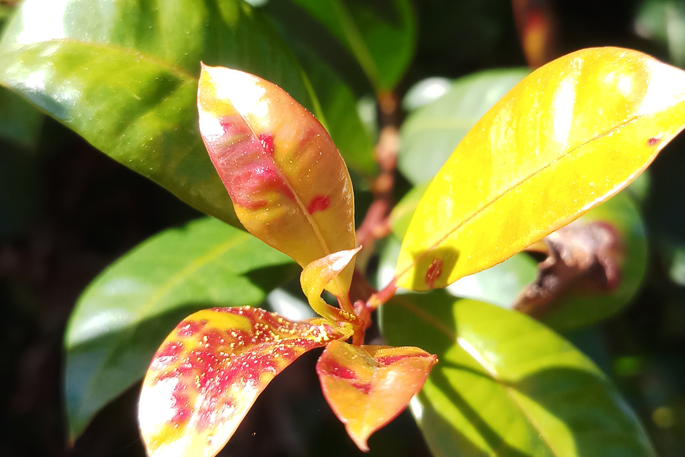Scientists are advising people to prune their lilly pilly hedges this month, as research shows pruning in the winter can prevent the spread of a nasty fungal infection attacking our plants.
A highly invasive windborne fungus blew across the Tasman Sea from Australia in 2017, causing the disease myrtle rust, which has the capacity to infect key New Zealand native plants including pohutukawa, Manuka and the ornamental shrub Lophomyrtus.
Organisations such as MPI, DOC and MBIE have funded research into how myrtle rust can be managed, and researchers have found that myrtle rust targets new growth. Young leaves and stems are the most susceptible to infection and are the least likely to recover.
Myrtle rust also attacks non-native myrtles. Lilly pilly, known as monkey apple and acmena, is widely used as a hedge plant due to its dense foliage, rapid growth and colourful leaves.
Because of their rapid growth, lilly pilly hedges must be pruned two to three times per year. Plants react to pruning by putting out new growth, which is susceptible to attack by the rust.
To give new growth a fighting chance, Scientist at Plant and Food research Dr Robert Beresford recommends pruning during seasons when rust infection is lower.
'Myrtle rust is less likely to take hold when it is cold or when it is hot and dry,” says Robert.
Specifically, Robert recommends pruning in late autumn and winter and during the drier summer months.
'If you haven't pruned your lilly pilly hedge by the end of August, don't touch it until the dry weather of mid-summer,” says Robert.




0 comments
Leave a Comment
You must be logged in to make a comment.